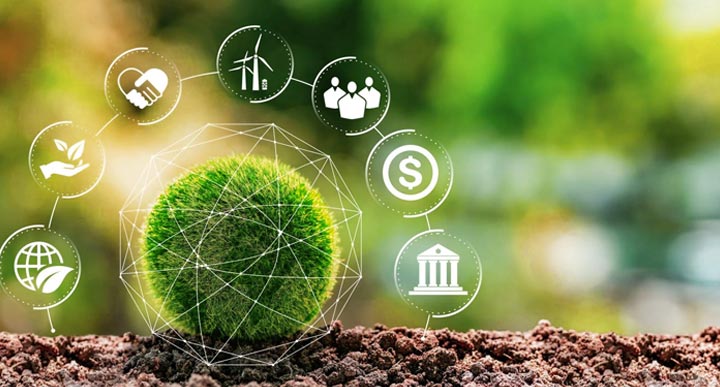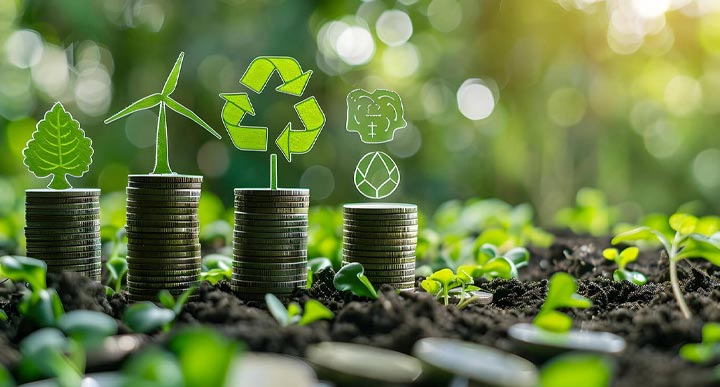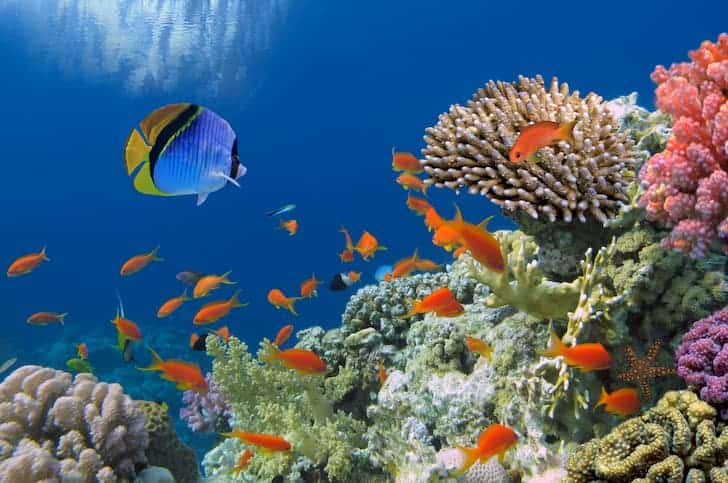 Mining has long been recognized as a vital driver of economic growth, providing essential raw materials for industries ranging from construction to technology. However, its environmental footprint often raises concerns regarding sustainability, pollution, and community welfare. In Indonesia and many other countries, the Environmental Impact Assessment, commonly known as EIA (Analisis Mengenai Dampak Lingkungan), plays a crucial role in ensuring that mining activities are conducted responsibly. Recent innovations in EIA have aimed to make mining not merely less harmful but actively beneficial to surrounding ecosystems and local communities.
Mining has long been recognized as a vital driver of economic growth, providing essential raw materials for industries ranging from construction to technology. However, its environmental footprint often raises concerns regarding sustainability, pollution, and community welfare. In Indonesia and many other countries, the Environmental Impact Assessment, commonly known as EIA (Analisis Mengenai Dampak Lingkungan), plays a crucial role in ensuring that mining activities are conducted responsibly. Recent innovations in EIA have aimed to make mining not merely less harmful but actively beneficial to surrounding ecosystems and local communities.
The Shift Toward Sustainable Evaluation
Traditionally, EIA was viewed as a bureaucratic requirement — a document that mining companies had to complete before obtaining operational permits. Over time, this perspective began to change. Modern EIA approaches integrate sustainability science, community participation, and adaptive management. Instead of focusing solely on mitigation, the new model emphasizes net positive outcomes, where mining operations contribute to environmental restoration and socio-economic development.
Digitalization has been one of the most significant innovations in this transformation. Online data systems now allow continuous environmental monitoring through real-time sensors that measure air, soil, and water quality around mining sites. This digital EIA process improves transparency, enabling local governments and communities to access verified data without relying solely on company reports.
Technological Integration for Better Impact
Another breakthrough is the integration of geospatial and satellite technologies. Using remote sensing, environmental analysts can track land use changes, vegetation cover, and tailing management more accurately than ever before. Such data not only enhance the quality of EIA reports but also help anticipate potential environmental risks before they become serious issues.
Mining companies are also adopting eco-engineering practices, such as artificial wetlands and phytoremediation systems, to treat waste naturally. These technologies transform what was once a liability — industrial waste — into an opportunity for environmental recovery. When integrated into EIA evaluation, these innovations can demonstrate measurable ecological improvement, shifting mining’s image from extractive to regenerative.
Community-Centered EIA
Social aspects of EIA have also evolved. The new framework promotes participatory planning, where local communities are directly involved in decision-making. This inclusion builds trust and ensures that mining projects align with local needs and cultural values. Training programs, small-business partnerships, and reclamation projects led by villagers are now common components in responsible mining initiatives.
Through this approach, EIA becomes a platform for social innovation, not just environmental protection. By balancing ecological safety with economic inclusion, communities around mining areas experience long-term benefits rather than short-term disruptions.
Looking Forward
The next phase of EIA innovation will likely focus on integrating artificial intelligence and blockchain to ensure traceability and accountability in environmental reporting. With global attention shifting toward green energy and responsible resource management, mining companies that adopt transparent and innovative EIA systems will have a competitive advantage in global markets.
In the end, environmental impact assessments are no longer just about avoiding harm. When designed with innovation, participation, and integrity, EIA can transform mining into a positive force — one that supports ecosystems, empowers communities, and sustains economic progress for future generations.





+ There are no comments
Add yours